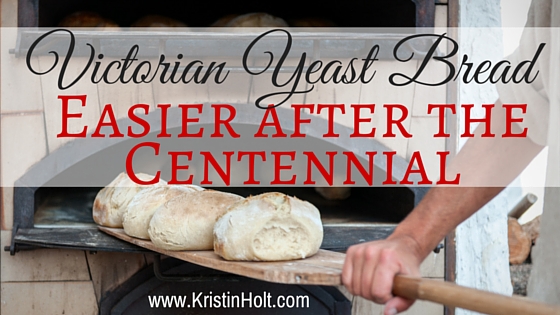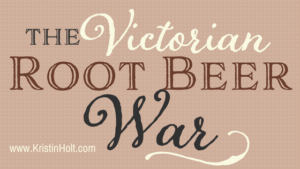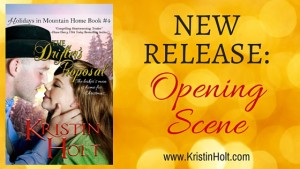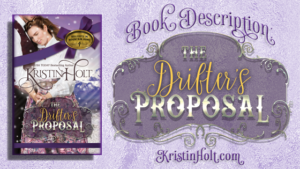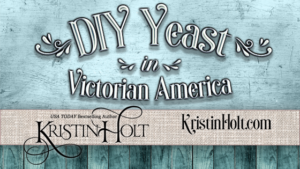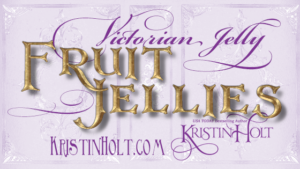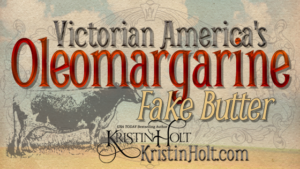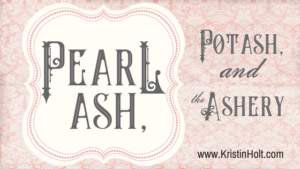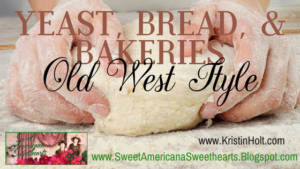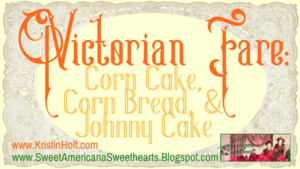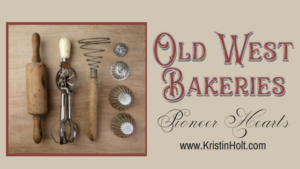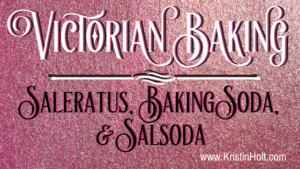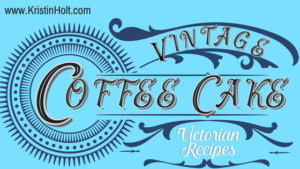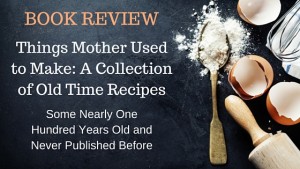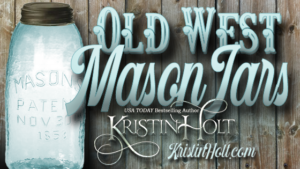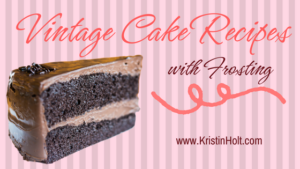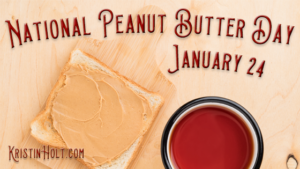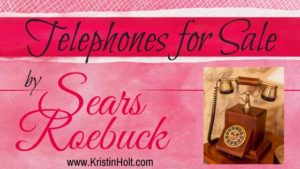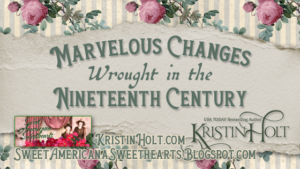Victorian Yeast Bread… Easier after the Centennial
Victorian Yeast Bread… Easier after the Centennial
.
![Kristin Holt | Victorian yeast Bread... Easier After the Centennial. Opening Day Ceremonies at the Centennial Exhibition at Philadelphia. May 10, 1876. [Image: Public Domain, engraving] Kristin Holt | Victorian yeast Bread... Easier After the Centennial. Opening Day Ceremonies at the Centennial Exhibition at Philadelphia. May 10, 1876. [Image: Public Domain, engraving]](https://www.kristinholt.com/wp-content/uploads/2015/10/1280px-Centennial_Exhibition_Opening_Day-1024x626.jpg)
Opening Day Ceremonies at the Centennial Exhibition at Philadelphia. May 10, 1876. [Image: Public Domain, engraving]
.
What does fluffy homemade bread have to do with the Centennial Celebration of the United States?
.
In December 1856, a professor of mathematics, philosophy, and astronomy in Indiana by the name of John L. Campbell, suggested to Philadelphia’s mayor that the United States Centennial be celebrated with an exposition in Philadelphia. The Centennial Expo was an enormous undertaking, managed by commissioners representing each state and territory in the United States. The 100-year old U.S. of A. had a good deal to show for itself, as the young nation had surpassed Britain in Industrial Revolution strides. Guests came from all over the world to witness the United States’ industrial and innovative prowess.
Among the consumer products first displayed to the public were: Alexander Graham Bell‘s telephone, the Remington Typographic Machine (typewriter), Heinz Ketchup, and Hires Root Beer.
.
.
Charles Elmer Hires, Philadelphia pharmacist and founder of Hires Root Beer, cultivated new customers at the expo by giving away free glasses of root beer. To make his product stand out, he called it the “temperance drink.”
.
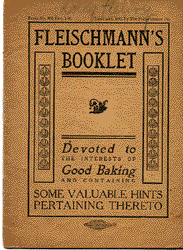
Fleischmann’s Booklet. Fleischmann & Co., 1906
.
Charles Louis Fleishmann operated with the same type of marketing savvy. He offered pieces of freshly baked bread made with the world’s first commercially prepared yeast. His exhibit was modeled after a Vienna Bakery. An increase demand for Fleischmann’s yeast soon followed, and Fleishmann built factories on Long Island and in upstate New York.
Peoples worldwide have been making bread for millennia. Yeast is a naturally occurring spore on the surface of vegetables and fruits and serves an essential process in the fermentation of wine. Bakers employed sourdough starter techniques. Another method added grape mash and/or wine to bread dough. Women propagated their own yeast for brewing and baking. All these methods took a significant length of time to rise.
Charles and his brother Maximilian revolutionized baking in a way that made significant and positive differences in bread production. Flesichmann’s fresh yeast could see bread dough adequately risen and ready to bake in a matter of hours. Now that’s a labor-saving invention!
.
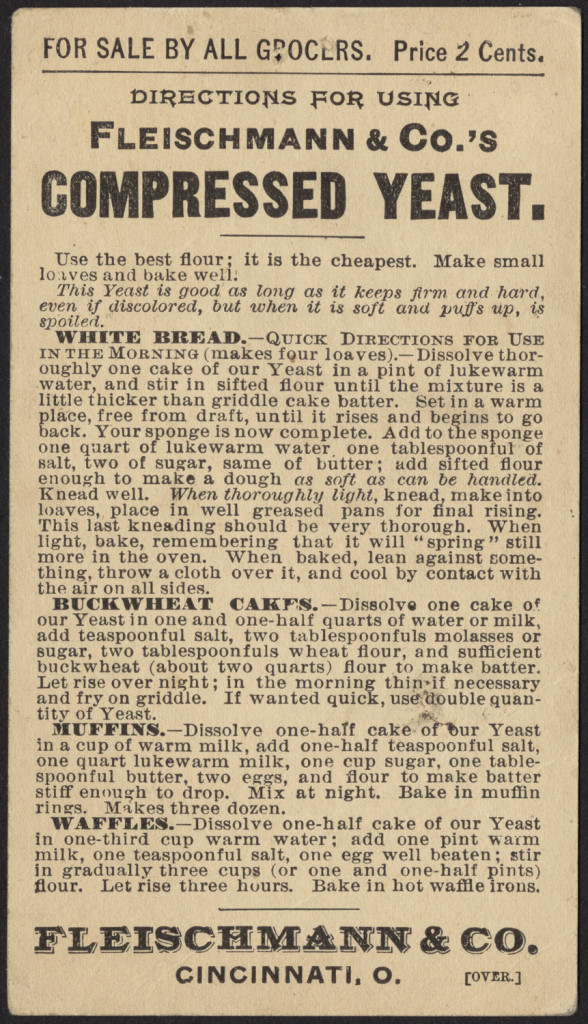
Directions for using Fleischmann & Co.’s Compressed Yeast. Year Unknown.
.
Studying bread-baking methods of the late 19th Century as I wrote The Drifter’s Proposal brought up several key concepts that surprised me.
.
I’m an experienced homemade bread baker. I know plenty about yeast breads (rolls, loaves, sweet, plain, multi-grain, all of it).
.
1. Rising times are significantly shorter in today’s recipes than when baking in the year 1900 (yeast preparations have changed).
.
2. Bread (in the 19th century) was the main part of the meal, and everything else was considered ‘condiments’. Meat, potatoes, vegetables… it all went with the bread.
.
3. Bakeries were most hesitant to sell sliced bread because it would go stale faster than a whole loaf. Bakeries, given the absence of preservatives and plastic bags, sold whole loaves and fought adamantly against newfangled developments such as the idea and forward-thinking concepts of bread slicers for convenience. (I played with this one a bit, as I really wanted to reflect today’s ability to buy a slice of delicious bread for eating, right now, in places like Great Harvest Bread Company).
.
4. Surprise! Commercially available yeast showed up in the early 1870s. In some ways it seems too early, and in some ways, too late. I found it fascinating that Fleischmann chose Philadelphia’s Centennial Expo as his way to spread the word and do so quickly and effectively.
.
5. I was even more surprised by the historic evidence that Fleischmann had to advertise, educate, and essentially convince bakers of the day that they needed his offered product. After all, methods employed for thousands of years still worked. Why buy packaged yeast?
.
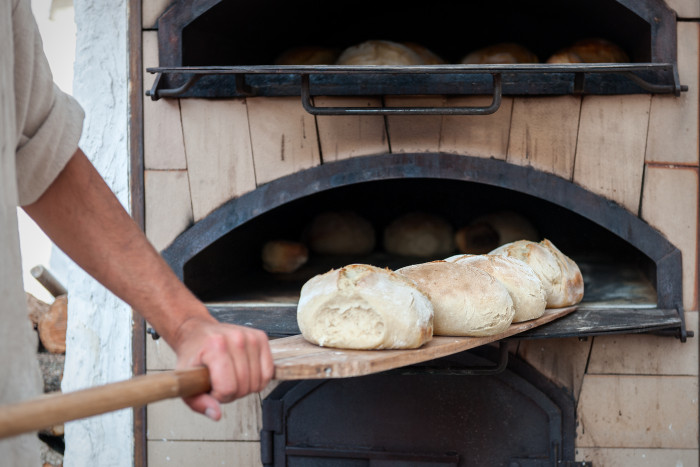
Baker using brick oven to bake bread.
.
I found the history surrounding bread making fascinating, rewarding, and a great deal of fun. I enjoyed setting The Drifter’s Proposal mostly within Whipple’s Bakery, my own small town bakery in my fictitious town of Mountain Home, Colorado. There’s simply something special about the homey smell of bread baking that makes a person feel like they’ve come home. The aroma worked a special kind of miracle for my homeless drifter Malloy, as the aroma of bread baking dredged up long-forgotten partial memories of his childhood home.
.
Invitation
.
What connections does your memory make when you smell bread baking?
Please scroll down and comment.
.
.
Bread Baking Made Easy: A master cook shares her recipes and secrets (Bookcraft, 1984) is a cookbook I received as a wedding gift in 1988. I learned a phenomenal amount about bread baking from this book, and have worn out my copy. This cookbook is a keeper, perfect for the novice baker, and can teach anyone to make delicious homemade bread.
.
The Drifter’s Proposal is available as a stand-alone novella.
.
.
Victorian Yeast Bread… Easier after the Centennial
Related Articles
.
.
Updated October 2021
Copyright © 2015 Kristin Holt LC Victorian Yeast Bread… Easier After the Centennial Victorian Yeast Bread… Easier after the Centennial

